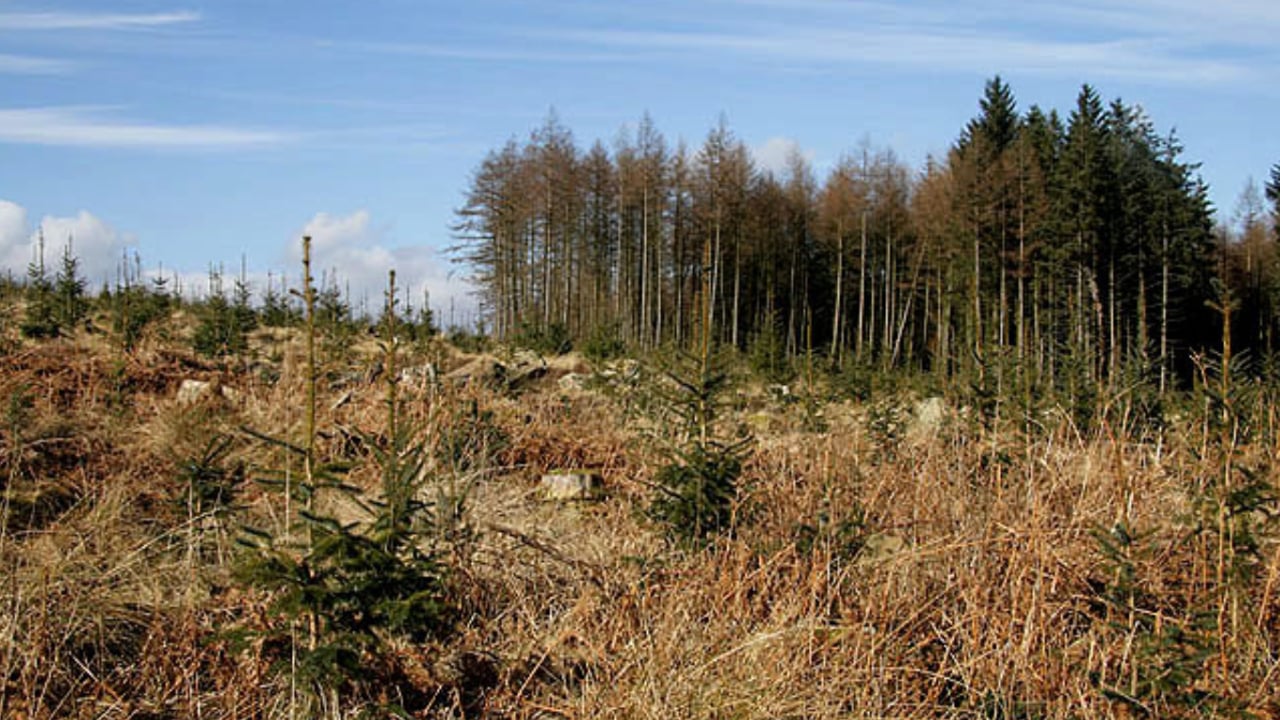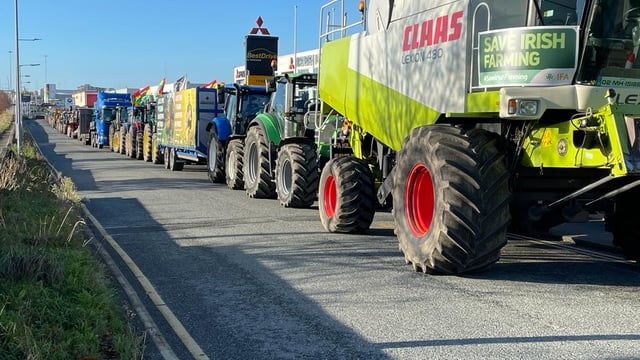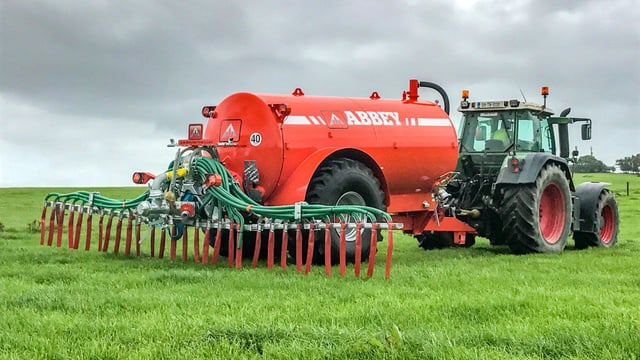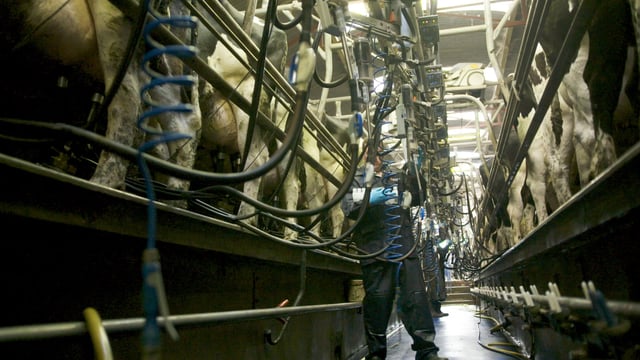Teagasc issues stark warning on Irish forestry carbon sink
Ireland's forestry carbon sink is going to "fall off a cliff in the next three to four years". That was the stark warning given by gaseous emissions research officer with Teagasc, Gary Lanigan.
In an interview with Agriland, Lanigan provided an overview of the current state of land-use emissions in Ireland.
There are a number of reasons for this, he explained but, critically, our afforestation rate is gone through the floor, he said.
"If you look back 10-15 years ago, we typically had afforestation rates of between 7-12,000ha per year. We are currently at about 2,500-3,000ha per year.
"The afforestation rate has been low so, the amount of clear felling is going to start overtaking the amount of afforestation," the Teagasc research officer said.
"These are forests that have been put on peat lands that really shouldn't have been put there, and they're not being reforested."
Continuing, he said: "Some forests are being cleared for wind farms and then there's also a certain amount of illegal deforestation as well.
"The other thing is that we [Teagasc] have new emissions figures for those forests that are on peat soils, and the emissions from those peat soils are far greater than we originally thought they were."
"The reason peatland systems lose carbon is because they have so much carbon in them.
"If you do anything to lower the water table (i.e. put in a drain) it's party time [for emissions] ," he said.
This is because there are large amounts of readily decomposable carbon that hasn't been decomposed, he explained.
"Then you suddenly expose it to oxygen and the microbes start growing on it; they start eating it, and they start chucking out CO2. In a mineral soil it's different."
What tends to happen here is: "Organic matter is protected in soil aggregates. It binds onto clay particles so carbon tends to get sequestered on mineral soils whereas on peat land soils, when you lower the water table you get a huge amount of C02 being released.
Gary Lanigan recently spoke to Agriland about the carbon values of hedges and grassland and that article is available here





